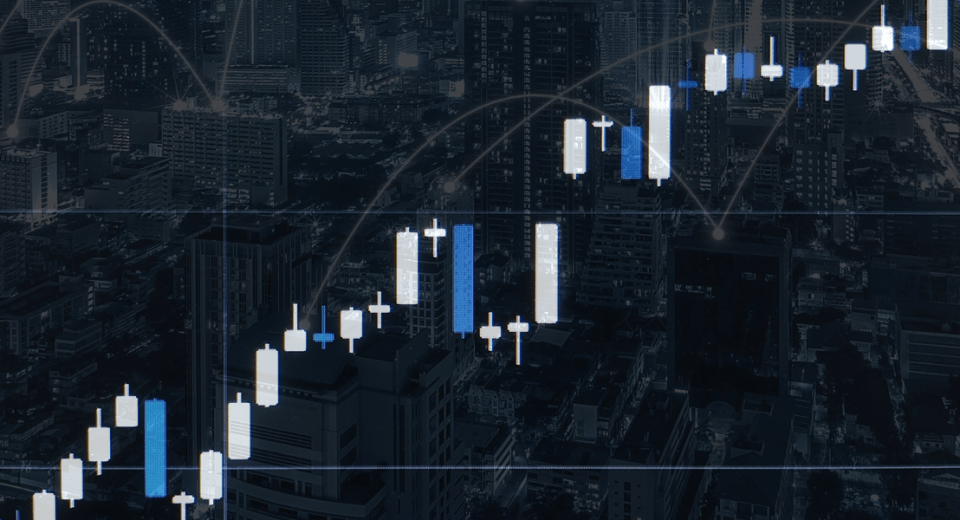What Are CFDs & How Do They Work?

CFDs are also known as Contracts For Differences. A phrase which in its broadest sense describes any financial contract that is settled in cash, rather than via the delivery of the underlying securities or instruments, that the contract is over. The first CFDs were exchange traded futures, on stock indices and interest rates. It had been realised that many participants in financial futures markets would not necessarily want, or need to make or receive delivery of the underlying instruments. For example the individual UK top 100 shares. But rather that the participants would prefer to be exposed to just the pure economic benefits of ownership. Or in plain english to changes in the price and value of the contract.
A Great Insight
The idea sounded complicated but it was in fact quite a simple premise. Counterparties (the buyer and seller) to a trade paid each other,via the exchange /clearing house, the difference between the opening and closing levels of a trade. So for example if you were long I.E. had bought the contract and the price rose above your entry level, then you had running profit. Close that position and you would receive the monetary difference between your opening and closing prices, multiplied the number of contracts you had traded. Of course conversely if you bought the index and the price moved against you, I.E. went below your entry price. Then you would have a running loss and if you closed the position at that point, you would then owe the clearing house the monetary difference between the opening and closing prices of your trade, multiplied by the number of contracts you had traded.
Brilliant Timing
In the late 1990s it became apparent that this CFD structure was applicable to a whole range of other financial instruments. That included Forex ,Commodities, Precious Metals and more. Further that CFDs need not be exchange traded and could in fact be traded OTC or Over The Counter electronically between traders.
That insight would give rise to massive growth in the popularity of CFDs as a product. Coinciding as it did with the emergence of the World Wide Web and ready access to the internet from people’s homes and places of work. There was more innovation as well. CFDs were offered as leveraged products. Meaning that CFD traders could “gear up” their capital via their broker and then trade and control much larger positions than their account size would otherwise allow. Add this to the fact that CFDs allowed traders to take long or short positions with equal ease, without the need to worry about delivery or settlement and you have a winning formula.
In return for the provision of leverage the CFD broker charges their clients interest on the money that they have leant to them. These charges are known as rollover swaps and are applied on a daily basis to CFD positions, held open “overnight”. Further details about these charges can be found here under CFD Spreads and Swaps .
Leveling the Playing Field
This was nothing short of a revolution as far as retail traders were concerned. The combination of internet connectivity, state of the art trading software, the flexibility of CFDs and the availability of leverage, meant that private individuals now had access to the same information and tools, that prior to this point, had been the preserve of institutional and professional traders.
Retail traders could now trade in the same way that “ hedge funds” did I.E. take on long (buy) and Short (sell) positions, across multiple asset classes (Equities, Commodities,Forex and Metals) and use leverage to magnify their resulting profit or loss profile. Of course access to such sophisticated strategies and or the means to create them, meant that retail investors had to take the time to learn about the markets and their relationships with each other. About how leverage works for and against you. As well as familiarising themselves with the functionality of their trading platform.
Help Is At Hand.
That’s quite a learning curve (but then every day in the markets is) but it is not an insurmountable one. Particularly when you are offered the right support in the right environment. In fact Blackwell Global offers its clients access to dedicated resources that are specifically designed to help them learn about and familiarise themselves with the financial markets. These include a free Demo Account in which clients interact with the markets in a highly realistic simulation of live trading. But without risking any real money. Clients can open and close CFD positions, place pending CFD orders, create CFD price charts and develop their broader CFD trading strategy risk free. Blackwell Global also provides its clients and prospective customers with access to trading guides, such as this CFD starter kit. Alongside regular research and analysis from both inhouse and external analysts.
Plugged In
As we noted above CFDs are today mostly traded OTC (or over the counter) electronically between the counter-parties to a trade. To participate in this electronic marketplace you need access to a brokerage account and trading software. Blackwell Global has just such a platform in the shape of Blackwell Trader MT4 The platform displays real time prices for all CFDs and Forex pairs and crosses, offered by Blackwell Global. It comes pre-loaded with sophisticated charting tools and indicators. Many of which can be applied to CFD trading strategies.
Why not register for and download our free CFD starter kit and a free Demo CFD Trading Account to find out for yourself just what CFDs are and how they could work for you as part of your investment strategy.




